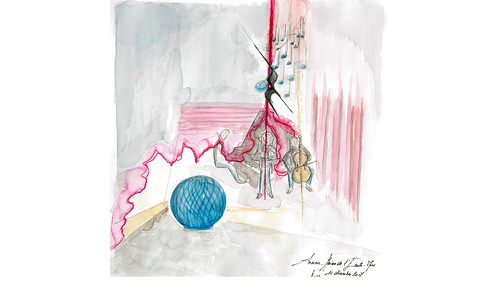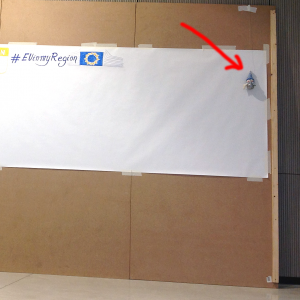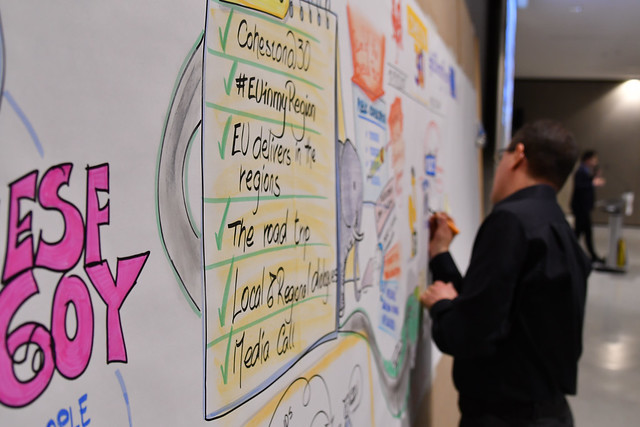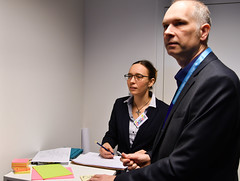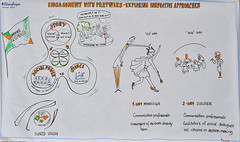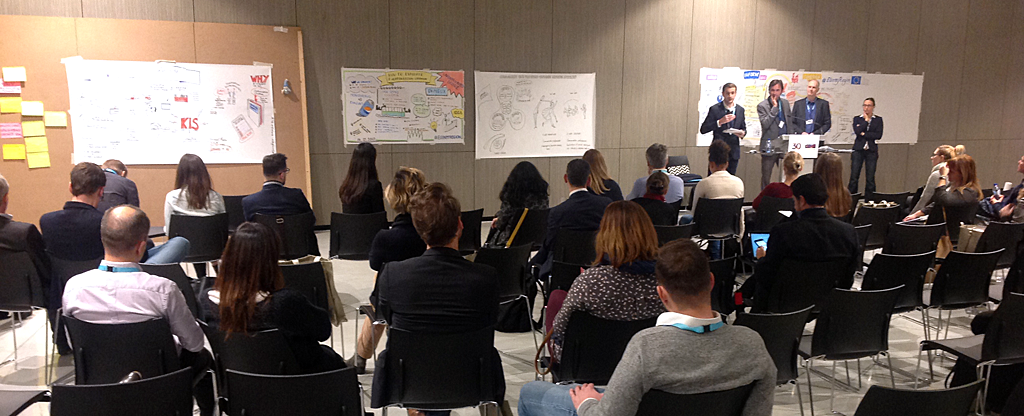Si vous aimez la musique, vous n’êtes pas sans savoir que le silence en constitue un élément important, autant que les notes.
“Le silence musical est une valeur temporelle qui permet, en musique tonale, de séparer et de différencier les sons afin de mettre en exergue leurs relations.” – universalis.fr.
Comme ses soeurs les notes sonores, le silence possède une transcription dans la notation musicale. Pour être précis, il existe 7 différentes durées du silence qui correspondent aux 7 figures de notes. Ce sont la pause, la demi-pause, le soupir, le demi, quart, huitième, et seizième de silence.
Un peu comme le silence en musique, le silence me permet de séparer le brouhaha dans ma vie quotidienne. C’est lui qui différencie le bruit ambiant du sens. “Je vois ce que tu veux dire“. Sa durée et sa qualité me permettent de sculpter, de verticaliser, d’approfondir ce qui précède, la phrase, le sens.
Le silence dans une conversation, c’est comme les blancs dans la page d’un livre, les ombres dans un paysage, la longueur d’un vin. Plus il est long et plus la perspective change. J’entends, je comprends et assimile différement ce qui m’est dit. L’important n’apparait vraiment que dans le silence. Le sens émerge dans le câlin du silence.
Mais quand le silence prend le dessus sur le son, quand l’équilibre de la balance entre les deux s’inverse, alors j’entre dans une autre temporalité. J’entre dans la méditation, dans le royaume du silence, dans l’univers entier. Ce qui est important et ce qui est vrai envahissent l’espace autour et en moi. Mon égo se rétracte pour laisser s’épanouir qui je suis vraiment.
Cette réflexion sur le silence et son rapport au son, à la musique, à la vie, découlent de ma rencontre avec Jean-Paul Dessy à l’Arsonic de Mons en Décembre 2017. L’Arsonic offre dans sa “Maison de l’Écoute” un espace dédié à l’écoute fine et intime de la musique, et avec sa Chapelle du silence un espace de recueillement et havre de silence où reposer son esprit et ses oreilles. Non pas que je découvrais le silence, loin de là, car lui et moi sommes intimement liés depuis ma tendre enfance. Mais Jean-Paul y a apporté une coloration, ou plus tôt une sonorité particulière. En tant que violoncelliste, compositeur, chef d’orchestre, et concepteur de l’espace Arsonic, Jean-Paul a des mots qui résonnent très forts sur ceux qui aiment le silence:
“Pour se reconnecter à la part la plus silencieuse, la plus paisible et la plus heureuse de nous-même, il faut du temps. Il faut s’offrir du temps. Il faut offrir du temps à la musique. On accède alors à un autre espace, à une autre temporalité, à un autre espace-temps. L’Arsonic a été conçu comme un temple du non mental, du non espace-temps horlogé. Il permet d’entrer dans une dimension plus large de nous-mêmes.”
Jugez-en par vous-même:
Notes:
J’ai visité l’Arsonic dans le cadre d’une visite de sites à Mons qui ont bénéficié des fonds Européens (FEDER). Subjugué par l’endroit, j’y suis resté quelques heures alors que mon groupe poursuivait son parcours de visite dans la ville. J’ai entendu par trois fois Jean-Paul Dessy accueillir des visiteurs et ensuite les gratifier de ce morceau à son violoncelle ami (que j’ai filmé avec mon téléphone à la troisième et dernière fois). Entre chaque visite, je me suis cloîtré, seul, dans la Chapelle du silence où j’ai médité et esquissé le dessin. Entre Jean-Paul et moi s’est tissée une belle entente basée sur des valeurs communes. Que de sens ce jour là.

